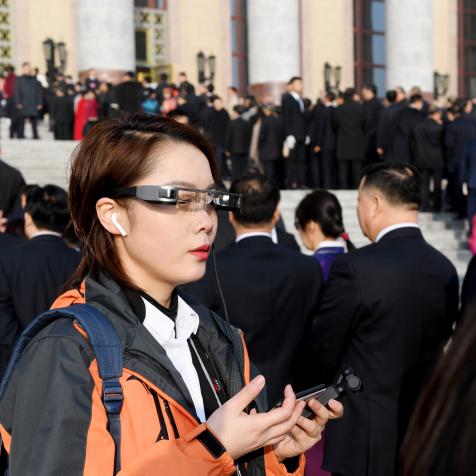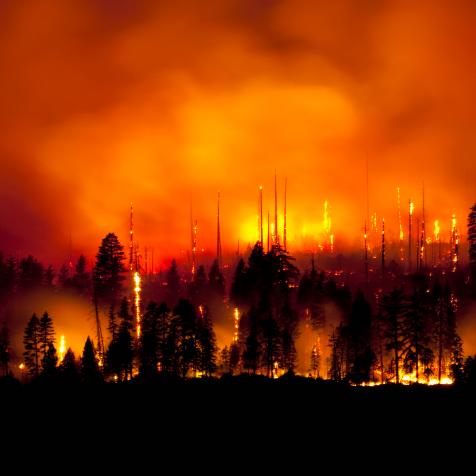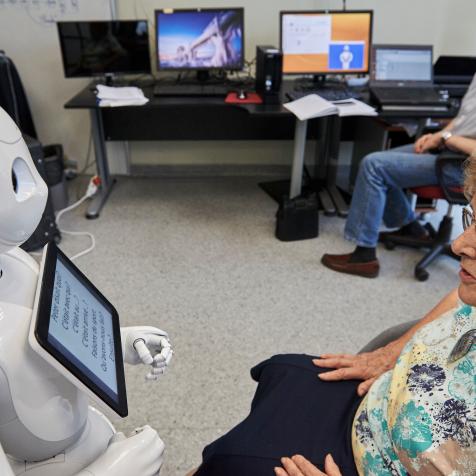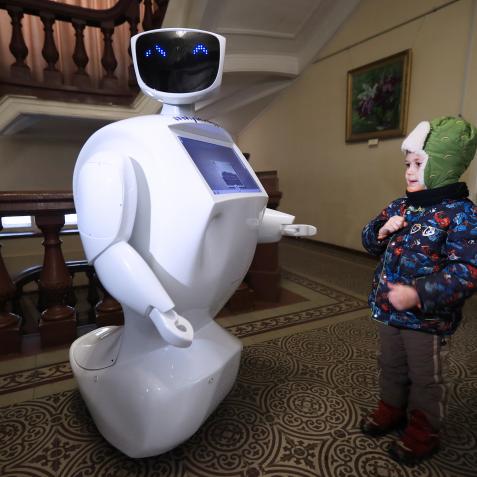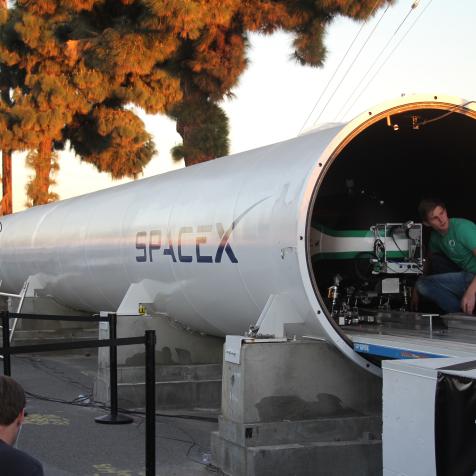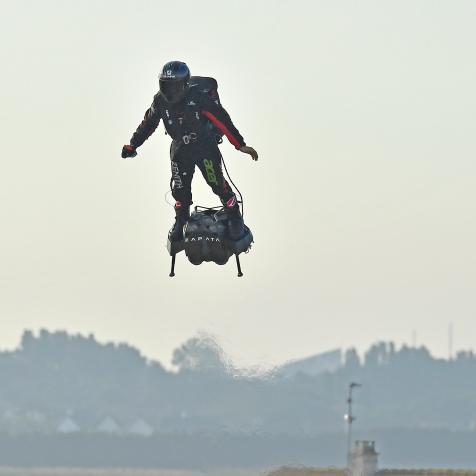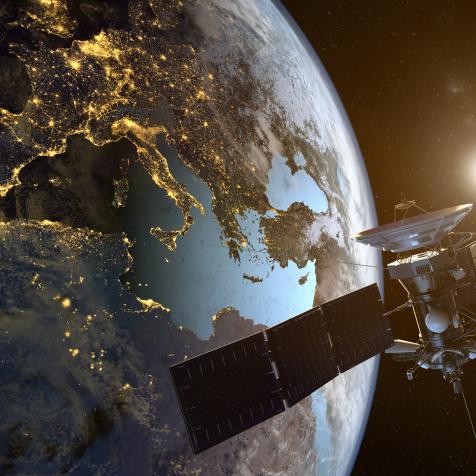
GettyImages/Richard Newstead
Learn How Commercial Drones May Be Used in the Future
Drones, or unmanned aerial vehicles (UAVs), are now part of everyday life around the world. Whether used in amateur or professional videography, or in a huge variety of industrial applications, such as building inspection and environmental monitoring.
Photos
See All PhotosBelieve it or not, commercial drones vastly outnumber those used by the military. And their use is expected to grow globally in roles ranging from agriculture to pizza delivery as their flight systems become more intelligent and autonomous.
Take Project Wing’s self-flying drones. Alphabet, Google’s parent company, has the world's first real breakthrough in using UAVs for home delivery. On its website, Wing describes the project as a victory for both convenience and environmental stewardship. The aim, it says, is to increase access to goods, cut greenhouse gas emissions, and ease traffic congestion—all of which has obvious mass appeal.
Alphabet says the service, which was launched in Canberra, Australia, will deliver items like coffee and ice cream minutes after being ordered via an app. And it is this delivery to order aspect that opens up tantalizing possibilities from people transport via Uber’s flying taxi or Lilium’s autonomous jet (taking passengers up to 300km in just 60 minutes), to medical supplies delivered by drone, business packages, and even hot meals.
Sophistication in collision detection and mapping systems on UAVs has had to improve massively. Combinations of sonar, infrared, monoscopic, and stereoscopic vision sensors are paired with laser mapping systems such as Lidar and range imaging time-of-flight cameras – that create 3D depth maps – to orient the drone outdoors or indoors.
Algorithms and artificial intelligence (AI) manage the drone's in-flight systems. Uploading information to the cloud is too slow for flight in real time, so edge computing modules give UAVs onboard AI to help make decisions fast. But the goal of true autonomy means allowing drones to decide when and where to go rather than sticking to pre-programmed missions.
Nevertheless, piloted drones have helped revolutionize industries where monitoring large areas of air, land, or ocean was previously too expensive. In wildlife conservation, the drone has helped analyze whale mucus with the Ocean Alliance's SnotBot and the relationship between macaque populations, habitat destruction, and malaria in the Monkeybar project.
Projects such as the Air Shepherd programme to detect African elephant poaching once relied on human eyes to find illegal activity. Now, human pilots are assisted by AI trained on 180,000 human and animal heat signatures to speed up detection. Drone systems such as the Super Bat DA 50 also offer fully autonomous flight capability, including take-off and landin, and the ability to track and follow targets.
Meanwhile, companies like Saildrone market unmanned long-range autonomous wind and solar powered aquatic drones that collect data on the health of our oceans. Ranmarine Technology drones aggregate oceanographic data and gather plastic waste and other seaborne debris as part of clean-up operations.
Piecing together the puzzle of drone management means enabling better connectivity through global wireless and telecommunication networks such as 5G. Big global technology companies including Google and Facebook are currently adapting autonomous drone technology to spread internet connectivity everywhere.
Google established Project Loon to create a global network of broadband balloons, but it is also using high altitude solar-powered drones to ensure total coverage. Its partnership with telecoms company Softbank will use a fleet of 78-meter-long autonomous Hawk 30 drones to beam internet connectivity from the stratosphere. The craft will fly non-stop for several months at a time.
Facebook's investment in a rival program called Aquila ceased after four years in June 2018. But the company retained a partnership with Airbus and is now taking part in trials of a high altitude platform system using the aerospace giant's Zephyr drone.
Ensuring that newer drones' onboard systems and sensors are connected to the net means the data they gather can be analyzed in real time. It also means they can be programmed, monitored, and updated for constant improvement.
Autonomy could be the last barrier to mass drone adoption in many more industries. Dirty, dangerous, and dull work is where autonomous drones will undoubtedly excel. NASA is planning a drone mission to Venus with Black Swift Technologies to gather data on its atmosphere. It has also created an unmanned aerial traffic management system for low altitude flights.
In the UK the National Centre for Nuclear Robotics has used a fleet of drones to survey radiation distribution at the ruined Chernobyl reactor. It hopes to develop autonomous drones to clean up this site and others before moving into rare mineral prospecting.
Of course, defense is where most of the heavy investment is being made. The armed forces continue to develop swarming drones that can communicate with each other to coordinate activity and make decisions. Future missions could include bombing, hunting enemy forces, or jamming communications.
The legality of so-called autonomous weapons systems (AWS) is also stirring international debate. There is a healthy and coordinated opposition to AWS from AI experts around the world asking for a complete ban.
So before autonomous drones can become an accepted part of society, there are hurdles to overcome. Wing received complaints saying its UAVs were noisy and intrusive and there are concerns over packages being dropped or drones crashing.
Despite the development of drone tracking and flight management systems by NASA and other start-ups, the push for autonomy and convenience is likely to meet with well-coordinated civilian resistance.












